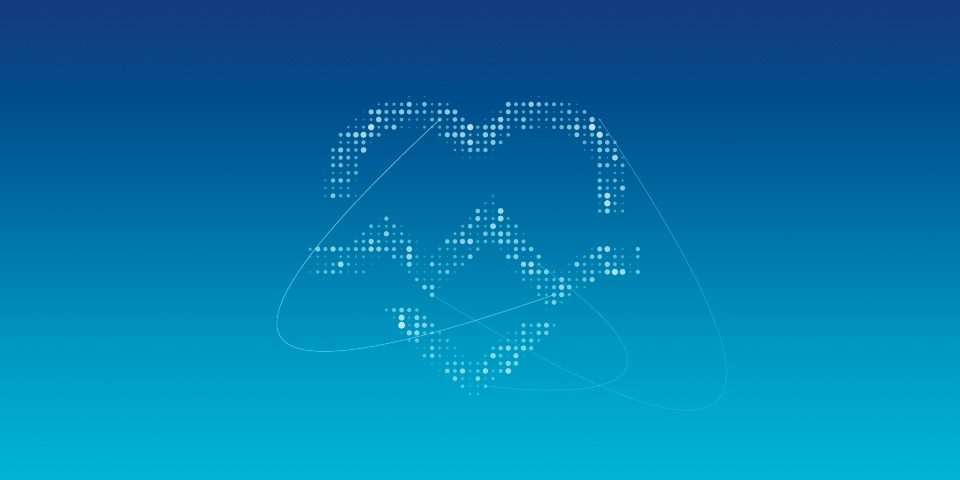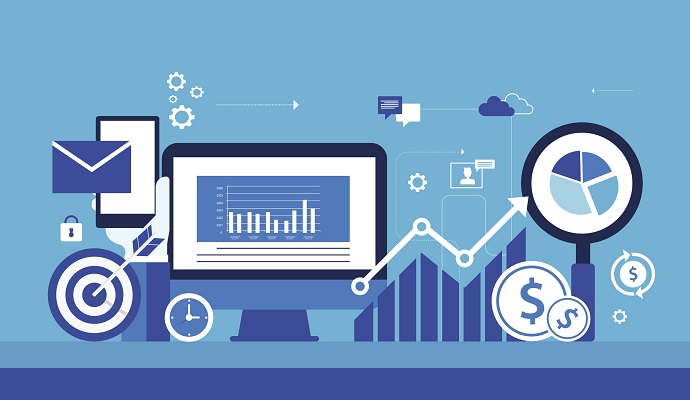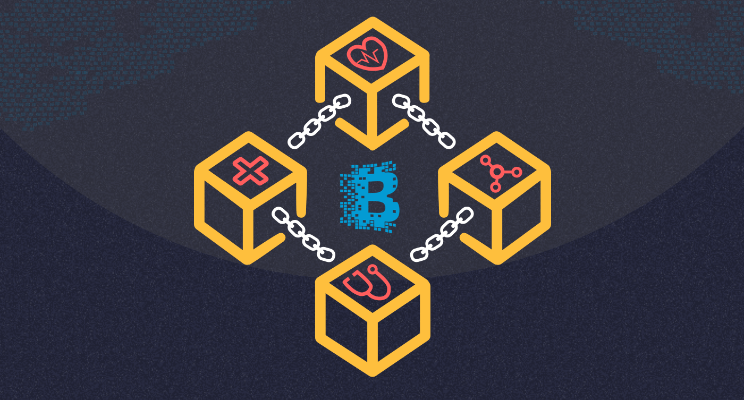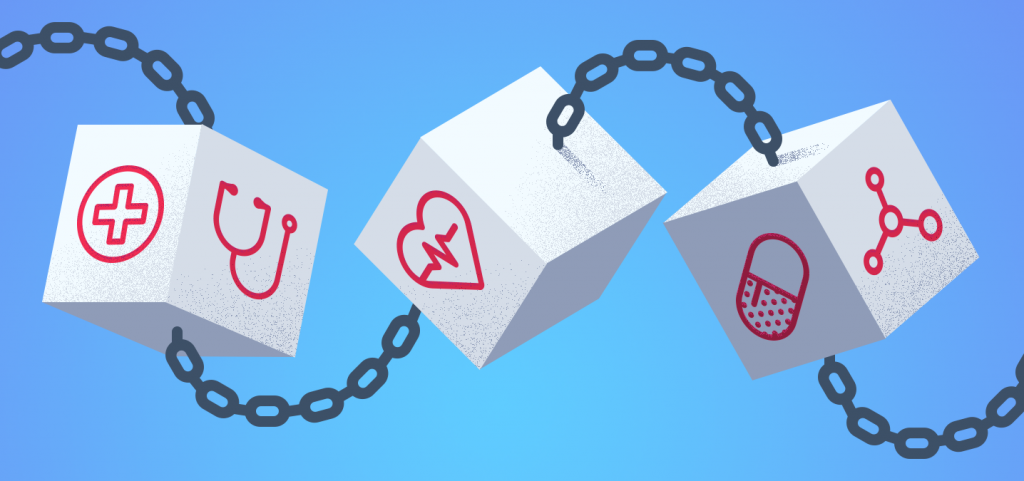The Future of Telehealth

Over the past year, we have witnessed several advances in the realm of telemedicine. From adjustments in the state / federal policies and reimbursements to providers implementing telehealth in their practices to the actual definition of telehealth changing.
The intersection of consumer purchasing transactions has evolved across multiple areas in our lives — how products are acquired, how we communicate with each other, and how we foster connections — the weaving of the tangible and digital is here to stay.

 William Shakespeare, the famous writer of “Romeo and Juliet,” did not believe that names should matter too much.
William Shakespeare, the famous writer of “Romeo and Juliet,” did not believe that names should matter too much. Telehealth has been defined as the delivery and facilitation of health and health-related services including medical care, provider and patient education, health information services, self-care via telecommunications and digital communication technologies.
Telehealth has been defined as the delivery and facilitation of health and health-related services including medical care, provider and patient education, health information services, self-care via telecommunications and digital communication technologies. Over the next several years,
Over the next several years,  According to a
According to a 

 Blockchain is a tool that allows the trafficking of data and services and ensures financial exchanges happen within a secure setting. Because of this high level of security and variability, it provides valuable opportunities within
Blockchain is a tool that allows the trafficking of data and services and ensures financial exchanges happen within a secure setting. Because of this high level of security and variability, it provides valuable opportunities within The ‘Blockchain in Healthcare Today’ review board discussed their major predictions for the next 12 months. Based on their responses, here are
The ‘Blockchain in Healthcare Today’ review board discussed their major predictions for the next 12 months. Based on their responses, here are 
